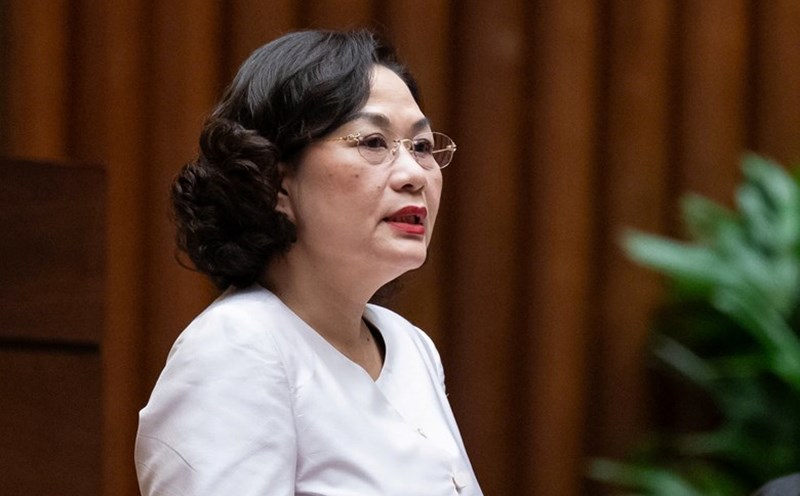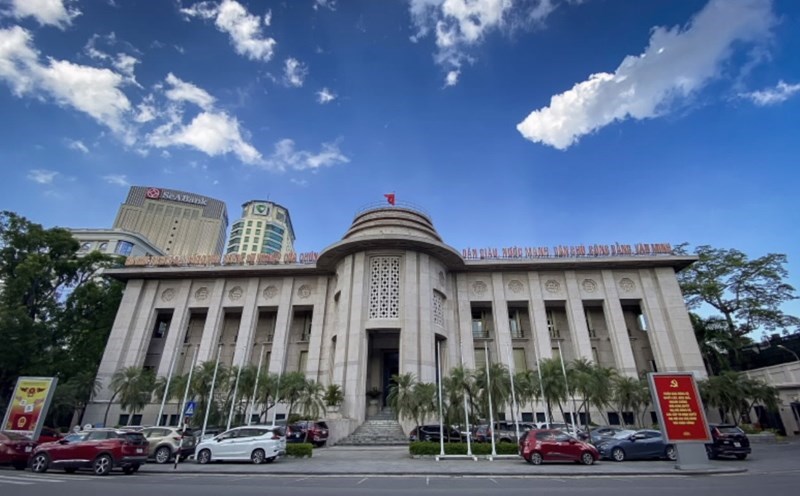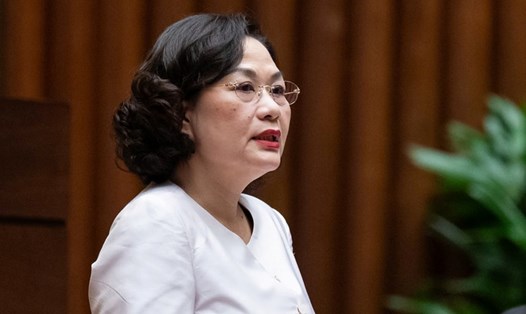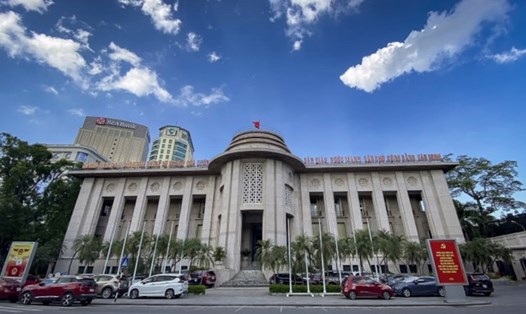On the morning of February 25, the State Bank of Vietnam (SBV) held a conference to announce the decision to establish a Party Committee and decisions on the organization and personnel of the State Bank.
Reducing the number of units, streamlining the apparatus
After the process of summarizing 7 years of implementing Resolution 18-NQ/TW, the SBV submitted to the Government to issue Decree 26/2025/ND-CP, effective from March 1, 2025, re-regulating functions, tasks and organizational structure.
The organization of the SBV will be reduced from 25 to 20 units, including:
Merging and dissolving a number of units:
The Internal Audit Department was merged into the State Bank Inspectorate.
The Foreign Exchange Management Department merged with the Foreign Exchange Reserve Management Department and changed its name to the Foreign Exchange Management Department.
The Institute of Banking Strategy was dissolved, the tasks were transferred to the Department of Organization and Personnel and the Department of Forecasting, Statistics - Monetary and Financial Stability.
The Communications Department was dissolved, the task was transferred to the State Bank Office and Banking Newspaper.
The Management Department was dissolved, and its functions were transferred to the State Bank Office and the Finance - Accounting Department.
Banking Magazine merged into Banking Times.
Reorganize the banking inspection and supervision system:
The Banking Inspection and Supervision Agency (TTGSNH) has reduced from 7 units to 3, including:
SBV Inspectorate.
Department of Credit Institution Management and Supervision.
Department of Credit Institution System Safety.
Changing the system of SBV branches
One of the important changes is to streamline the system of local SBV branches. Instead of maintaining 63 branches in 63 provinces and cities, the SBV will merge into 15 regional branches, each branch is in charge of many neighboring provinces.
According to the SBV, this helps increase specialization, reduce administrative units, and learn from the management models of major central banks such as Germany, France, China, India, etc.
Here are some typical regional branches:
SBV Area 1: Maintain the SBV Hanoi City.
SBV area 2: Maintain the SBV Ho Chi Minh City.
SBV area 3: Including Son La, Dien Bien, Lai Chau, Hoa Binh provinces (headquartered in Son La).
SBV area 6: Including Hai Phong, Hai Duong, Hung Yen, Quang Ninh, Thai Binh (headquartered in Hai Phong).
SBV Area 15: Including Kien Giang, An Giang, Dong Thap, Ca Mau (headquartered in Kien Giang).
The merger of branches will help optimize resources, reduce administrative costs and improve management efficiency.
Streamlining staff, significantly reducing number of departments
Along with restructuring the organization, the SBV also strongly implements staff streamlining:
Reduced 528 civil servants, from 5,491 to 4,963 people (equivalent to a decrease of 9.62%).
Reduced 372 department-level leaders or higher, equivalent to 22.7%.
Reduced the number of departments within the SBV from 514 to 391, reducing 123 departments (23.9%).
It is expected that the SBV will continue to review to reduce the number of rooms to 212, which is a reduction of nearly 46% of the total number of rooms at present.
Implementation progress and ensuring continuous operation
Governor of the State Bank of Vietnam Nguyen Thi Hong said that the streamlining of the apparatus will be carried out according to a strict roadmap so as not to disrupt management activities. The State Bank has established Steering Committees and issued detailed instructions to ensure that new units come into operation as soon as the decree takes effect.
Along with that, the SBV will coordinate with the Ministry of Home Affairs to implement a policy to support cadres and civil servants in the field of streamlining.
Reducing units, streamlining staff, and reorganizing branches is an important step to implement the policy of streamlining the apparatus, improving operational efficiency according to the direction of the Party and the Government. With the new model, the SBV expects to operate more flexibly and professionally, while cutting management costs but still ensuring effective monetary policy management.










